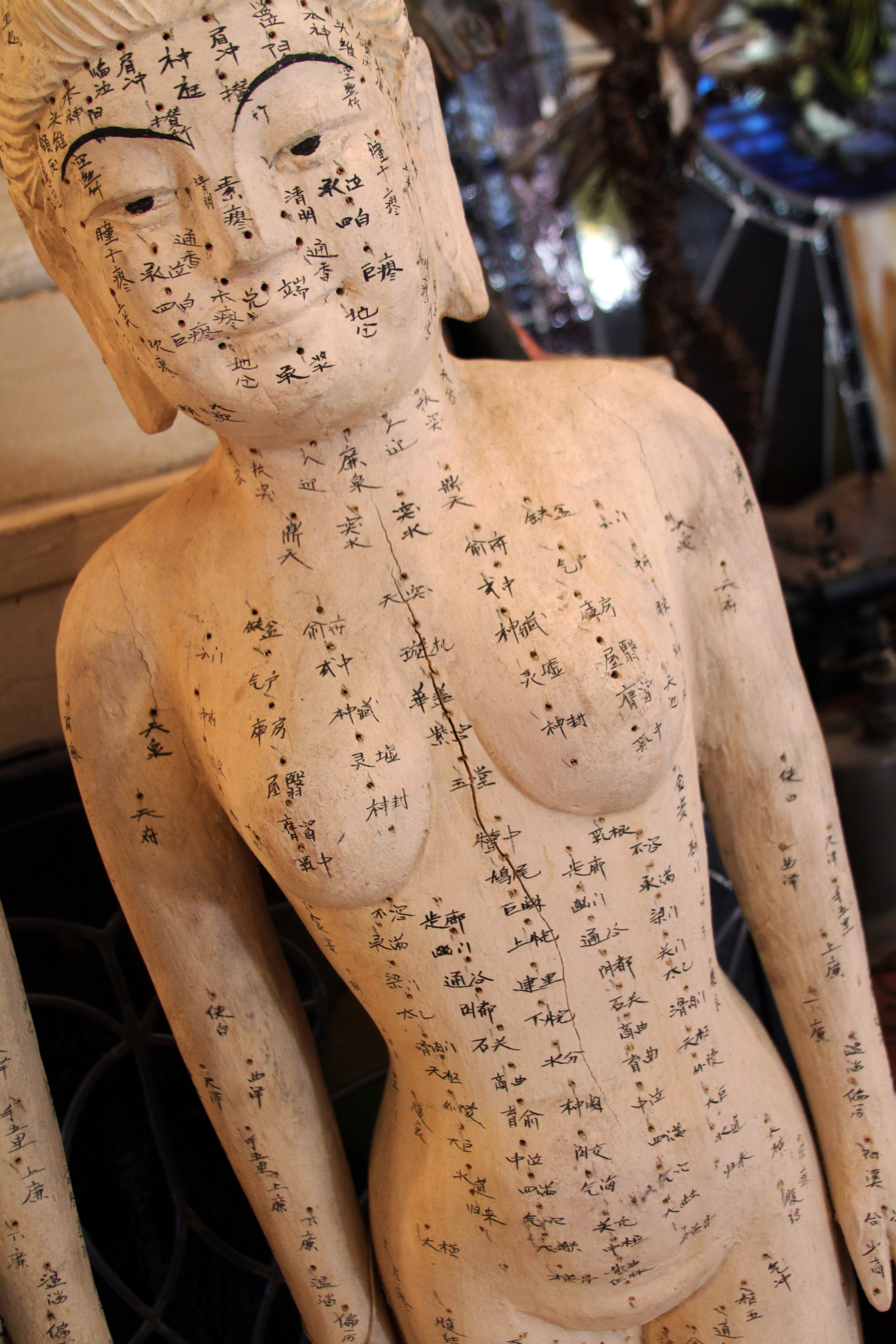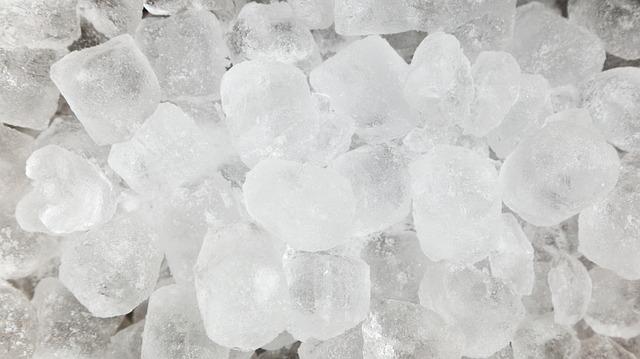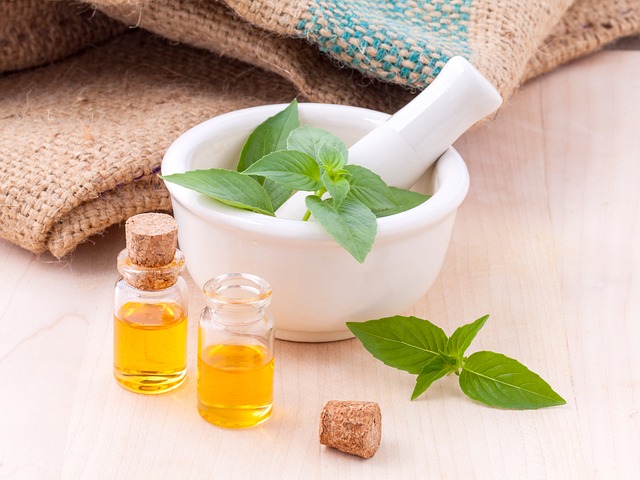Acupuncture
Acupuncture is something that everyone has heard of, but no one really knows how it works. It is the process of sticking thin needles into the skin in order to restore the even flow of energy in the body, often called qi or chi (pronounced CHEE). By restoring this flow, many have found relief of their chronic pain, including chronic headaches and migraines. In fact, some studies have shown that acupuncture treatments have improved pain as well as prescription and over-the-counter drugs normally used to treat pain. Treatments can cost anywhere from $60 to $120, and they usually last between 15 minutes to an hour.
Massage
Massage therapy not only relaxes you and reduces muscle tension. It can also help reduce your chance of getting migraines. In a study, people who attended weekly massage sessions reported experiencing less frequent migraines and better sleep than before they started the sessions. However, this method can only provide temporary relief, so you may want to pair it with a more long-term pain solution.
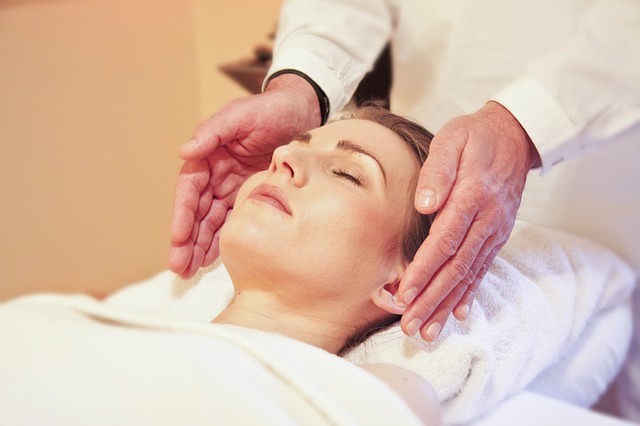
Aerobic Exercise
The National Pain Foundation has recently linked aerobic exercise (like walking, biking and swimming) with decreased migraine intensity and frequency. Participating in as little as 30 minutes of aerobic exercise at least 3 times a week is the recommended amount of time in order to reap the full benefits.
Yoga
Yoga is exercise for both the body and the mind. It combines flexibility, breath training, and strength for a full body and mind workout. Therefore, it comes as no surprise that practicing yoga can help and prevent headaches and migraines. Studies have shown that migraine sufferers who tried doing yoga regularly experienced a reduction in frequency and intensity of attacks as well as less anxiety. Some poses in particular you can try are Cat Pose, seated forward bend, and knees-to-chest pose.
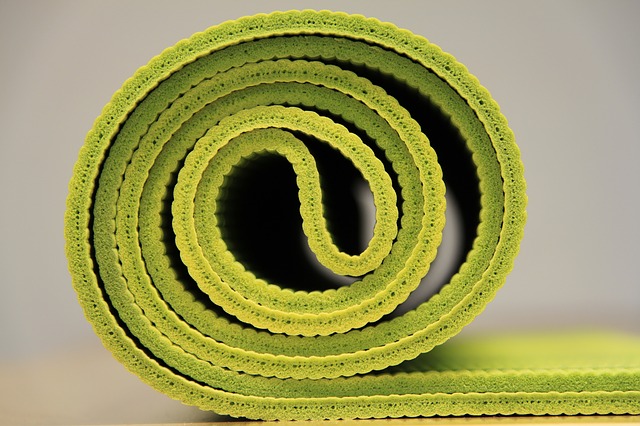
Meditation
Meditation can work by focusing and quieting your mind, which keeps your mind from being distracted by things such as chronic pain. A recent study tested the effectiveness of Vipassana (an Indian form of meditation focused on mind-body connectedness) in quelling chronic migraine pain. Although there is not a lot of backing in this technique yet, it is still a viable option if you are looking for non-invasive techniques to combat headaches.

Hot or Cold Therapy
Heat can be applied to the back of the neck to ease tension. If you’re experiencing pulsating headaches, a cold pack applied to your temples might be a better option. Studies have shown that dropping the temperature of blood flowing through the dura (the lining of the brain located behind the thin bone of the temple) can alleviate throbbing by acting as an anti-inflammatory.
Essential Oils: Peppermint, Basil and Lavender
Essential oils are a great option if you’re looking for a more homeopathic method of relieving headache pain. Peppermint, basil and lavender oils can be inhaled or applied directly to skin to ease headache and migraine pain. In particular, peppermint oil helps to open up blood vessels and promote blood flow, which can help since migraines can be caused by poor blood flow. Also, basil oil has been proven to be a muscle relaxant, which can alleviate tension headaches in many people. Lavender’s sent is calming, which can help headache and migraine sufferers to release pain-causing tension in their bodies.
Sources:
http://www.health.com/health/gallery/0,,20538298,00.html
http://www.everydayhealth.com/headache-migraine-pictures/8-home-remedies-for-headaches-and-migraines.aspx#01
http://www.webmd.com/fibromyalgia/tc/acupuncture-topic-overview
http://www.huffingtonpost.com/2013/08/15/yoga-for-headaches_n_3574848.html

